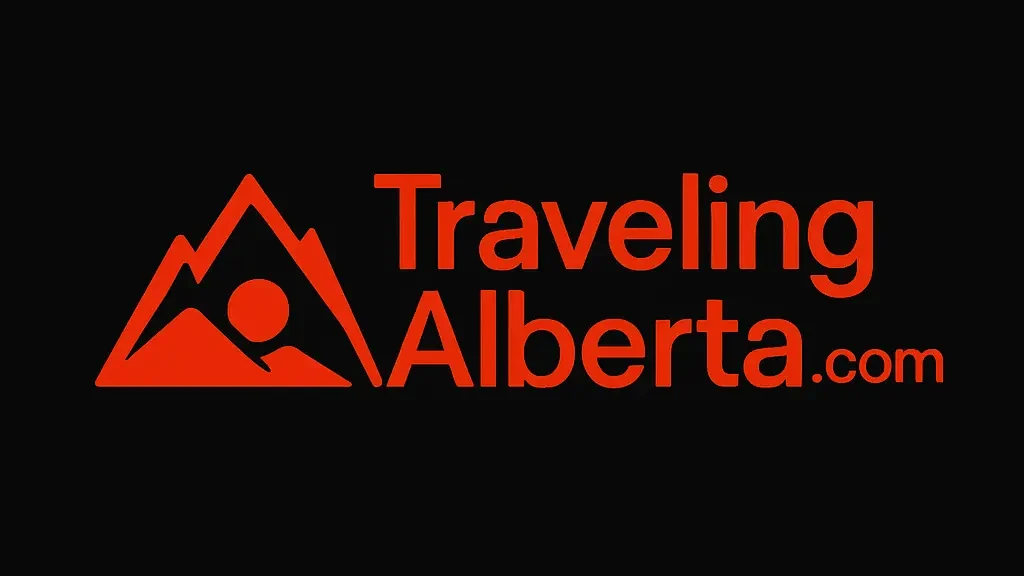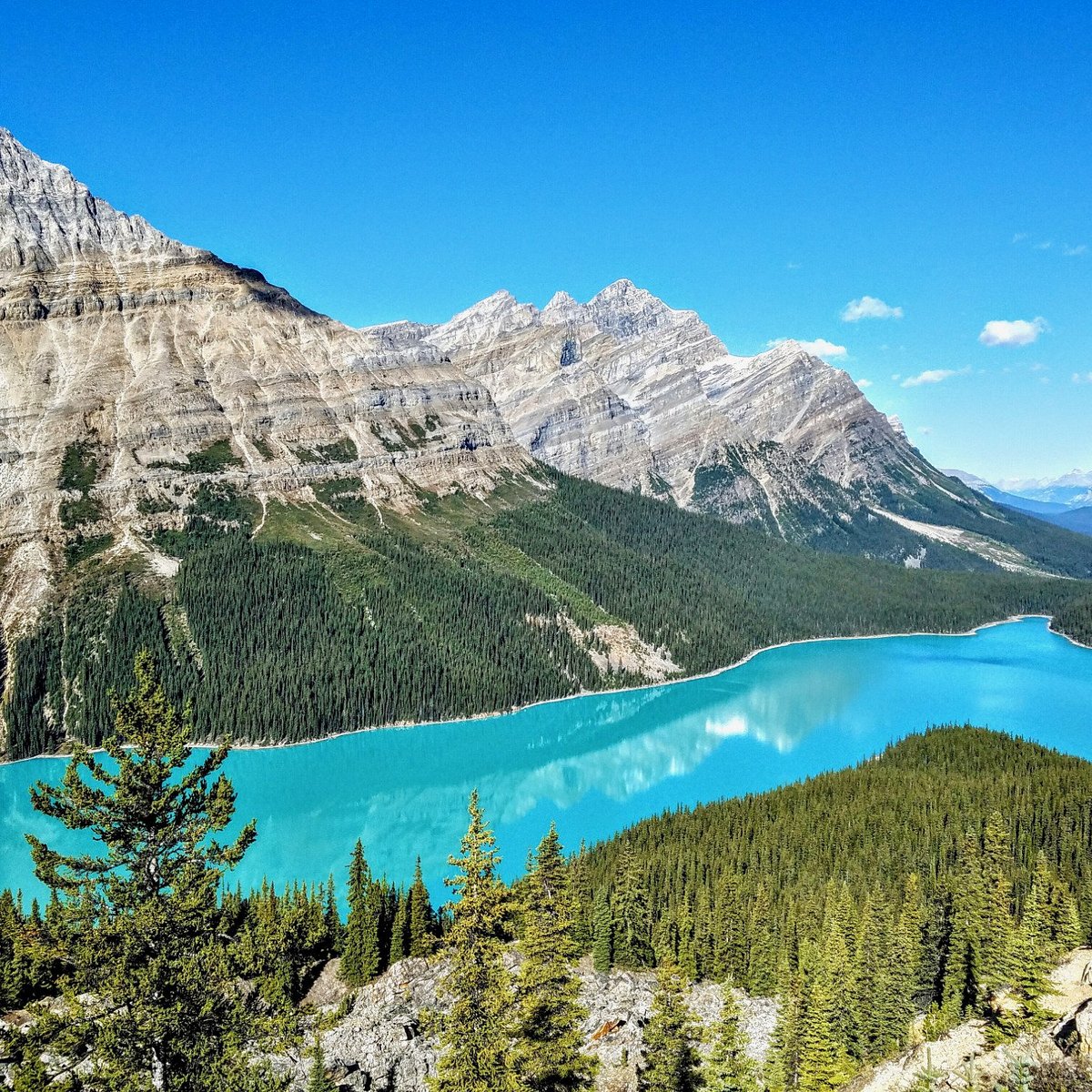If you’ve ever seen a postcard of the Canadian Rockies, there’s a good chance it featured Peyto Lake. This iconic lake is one of the most photographed spots in Banff National Park—and for good reason. With its unforgettable turquoise color and distinct shape that resembles a wolf’s head, Peyto Lake is a natural wonder that lives up to every bit of the hype.
Situated off the Icefields Parkway, one of the world’s most scenic drives, Peyto Lake offers a panoramic viewpoint that’s accessible to almost everyone. It’s the perfect stop for road trippers, hikers, photographers, and families exploring the Alberta Rockies. This guide covers everything you need to know: how to get there, the best time to visit, what to expect, and nearby attractions to pair with your trip. Whether you’re visiting for the first time or coming back for another look, Peyto Lake never fails to amaze.
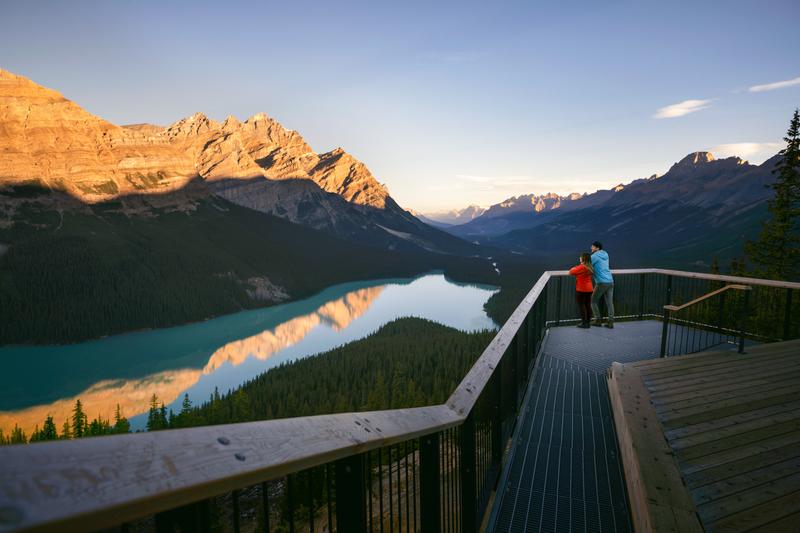
Why Peyto Lake Is So Famous
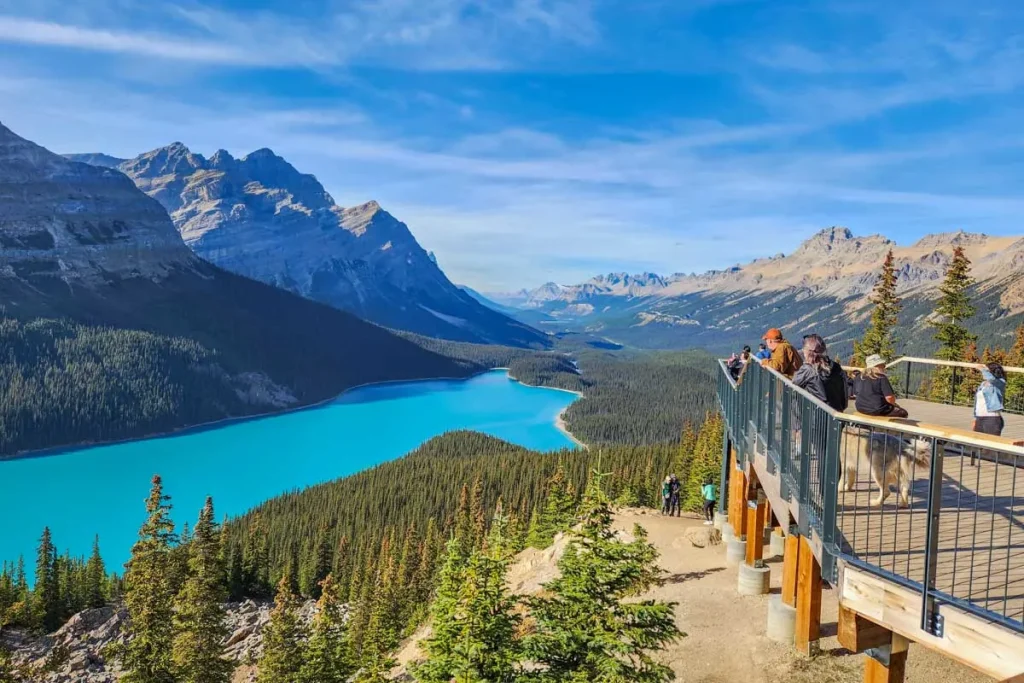
Peyto Lake stands out not just for its beauty, but for its vibrant turquoise color and unique wolf-head shape—a combination that has made it world-famous. The lake’s color is due to rock flour, which is fine-grained sediment created by glacial erosion. When glaciers melt in the summer, they release this sediment into the lake. The rock flour remains suspended in the water, scattering sunlight and creating a brilliant blue-green glow that changes with the light and seasons.
What truly sets Peyto Lake apart is the iconic view from Bow Summit, the highest point on the Icefields Parkway. From this vantage point, the lake’s wolf-head shape becomes unmistakable, framed by towering peaks and alpine meadows. It’s a breathtaking scene that photographers from all over the world come to capture.
How to Get to Peyto Lake
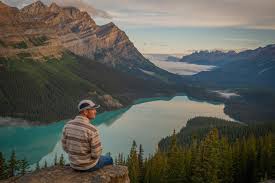
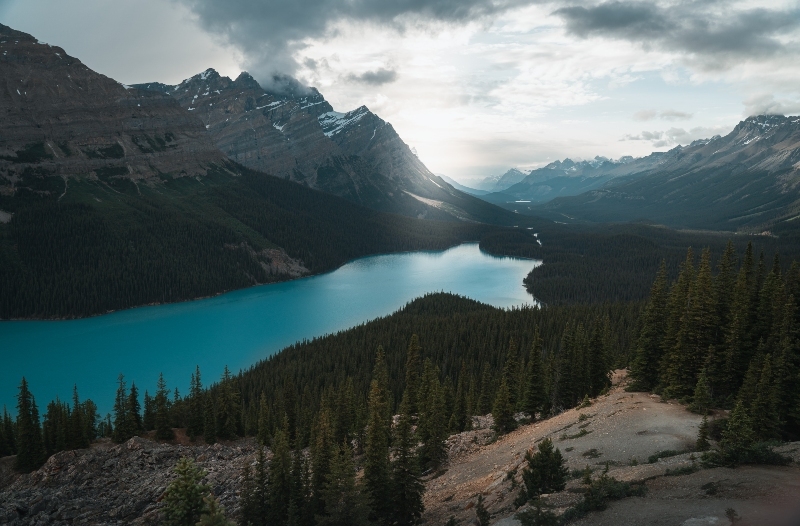
One of the reasons Peyto Lake is so popular is how easily accessible it is, even though it sits deep in the Canadian Rockies. Located in Banff National Park, along Highway 93 North (Icefields Parkway), Peyto Lake is about:
- 40 km (25 miles) from Lake Louise
- 100 km (62 miles) from Banff townsite
- 195 km (121 miles) from Jasper
To get there, drive north from Lake Louise or south from Jasper along the Icefields Parkway. Look for signs for Bow Summit / Peyto Lake, where you’ll find a large parking lot. From there, a paved trail leads to the main viewpoint in about 10–15 minutes.
Best Time to Visit Peyto Lake
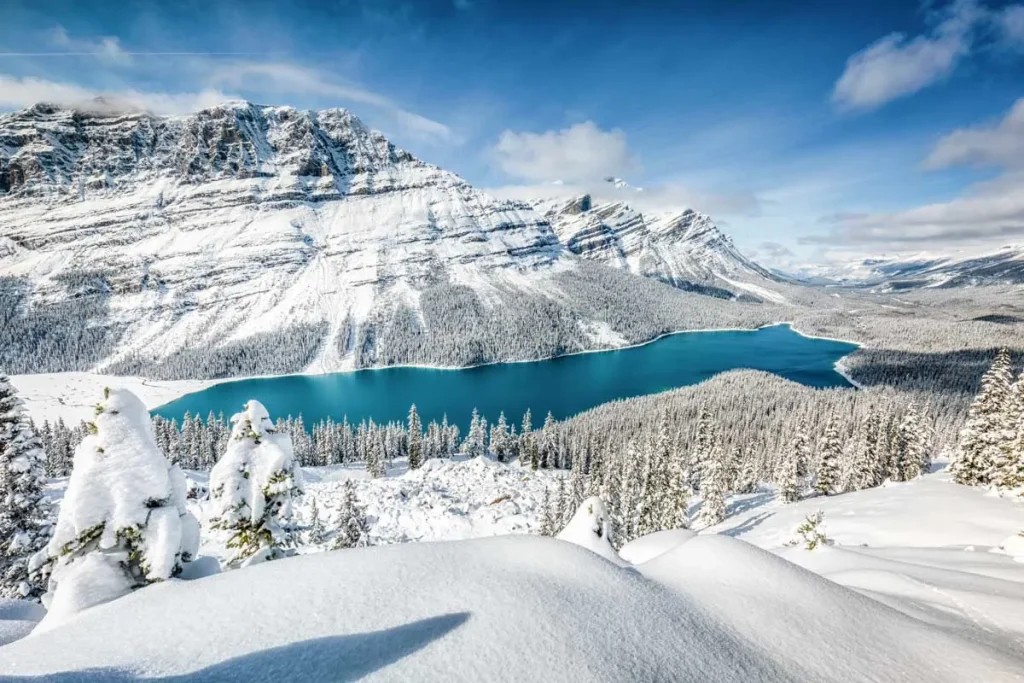
Timing is everything when it comes to experiencing the magic of Peyto Lake. While the area is open year-round, the best time to visit is from late June to mid-September, when the lake reaches peak color. This is when the glacier melt is at its strongest, infusing the lake with rock flour that gives it that stunning turquoise hue.
- During the summer, you’ll enjoy clear trails, warm temperatures, and lush alpine surroundings. However, it’s also the most crowded season, so visiting in the early morning or late afternoon is best for a quieter experience and softer light for photography.
- In autumn (late September to early October), the area begins to transform. Though the lake’s color fades slightly, the golden larches in the surrounding forest create a beautiful contrast. Snow may begin to fall, especially at higher elevations.
- Winter and early spring offer a completely different but equally peaceful experience. The lake freezes over and the trails are snow-covered, offering a serene, icy landscape. While the color isn’t visible, it’s a great time for snowshoeing or quiet sightseeing—just be sure to dress warmly and check road conditions.
What to Do at Peyto Lake
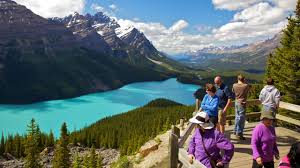
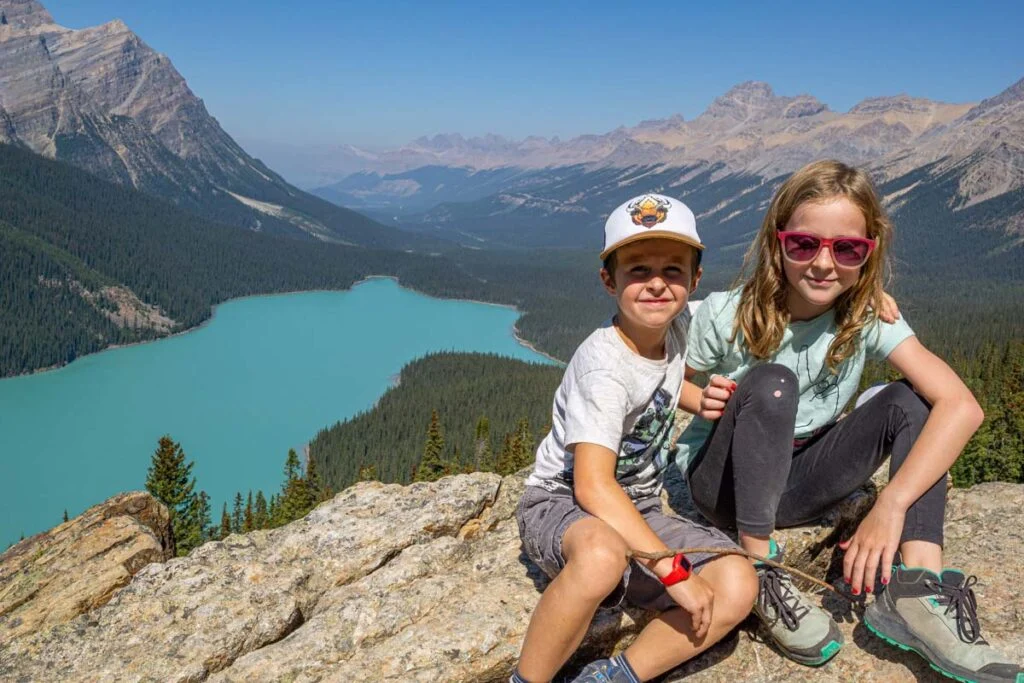
While you can’t swim or boat in Peyto Lake, there’s still plenty to do that makes this stop worthwhile.
Enjoy the Viewpoint
The main draw of Peyto Lake is the unparalleled view from Bow Summit Lookout. It’s a short walk from the parking lot to the viewing platform, where you’ll be treated to one of the most iconic views in all of Canada. You’ll see the lake’s wolf-head shape framed by alpine peaks, dense forests, and endless sky.
Photography
Peyto Lake is a dream for photographers. The color is most vibrant in the middle of the day when sunlight hits the lake directly, but sunrise and sunset offer dramatic lighting and fewer people. Bring a wide-angle lens and a tripod for the best shots.
Hiking Nearby Trails
Although Peyto Lake itself doesn’t offer long hikes, there are nearby options for more adventurous travelers. The Bow Summit Lookout Trail takes you to elevated views, while the more advanced Peyto Glacier Trail leads to the glacier that feeds the lake. These hikes offer more solitude and richer natural surroundings.
Wildlife Spotting
Keep your eyes open for marmots, squirrels, and birds near the viewpoint. Occasionally, mountain goats and even bears have been spotted in the area. Make noise while hiking, and never feed or approach wildlife.
Practical Tips for Visiting Peyto Lake
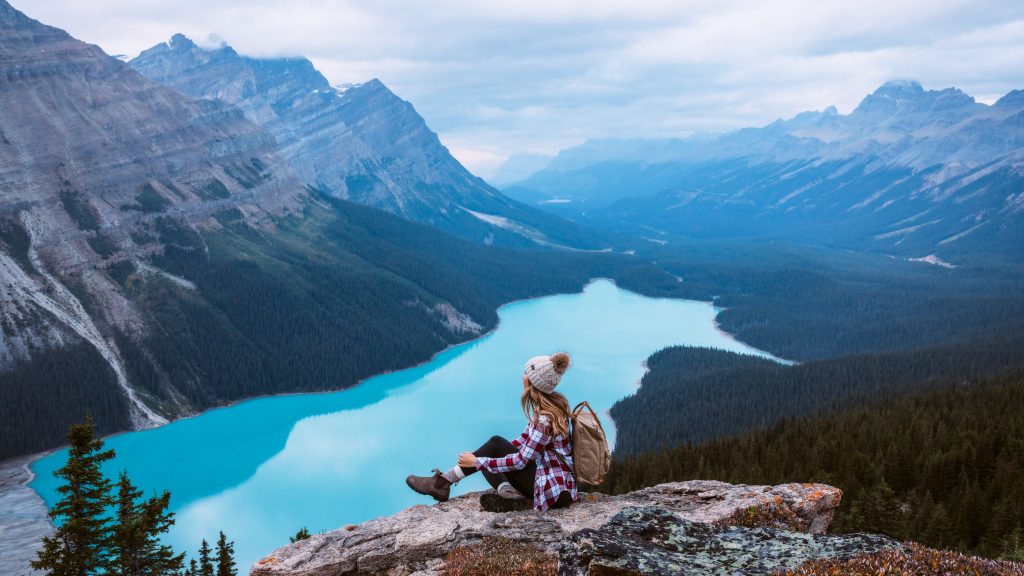
Planning ahead ensures you get the most out of your Peyto Lake experience. Here are some key tips:
- Arrive early (before 10 AM) or later in the day to avoid crowds, especially in July and August.
- Bring layers: Even on warm days, it can be cool and breezy at Bow Summit.
- Footwear: Wear comfortable walking or hiking shoes, especially if you plan to explore beyond the main viewpoint.
- No services: There are no food vendors, water fountains, or stores nearby. Bring snacks and plenty of water.
- Washrooms: Basic restrooms are available at the parking lot.
- Stay on trails: The alpine ecosystem is delicate. Avoid going off-path to prevent erosion and protect vegetation.
- Respect the wildlife: Do not approach or feed animals. Always keep a safe distance.
Lastly, check Parks Canada’s official website for seasonal closures, weather updates, and any construction or trail work that might affect your visit.
Where to Stay Near Peyto Lake
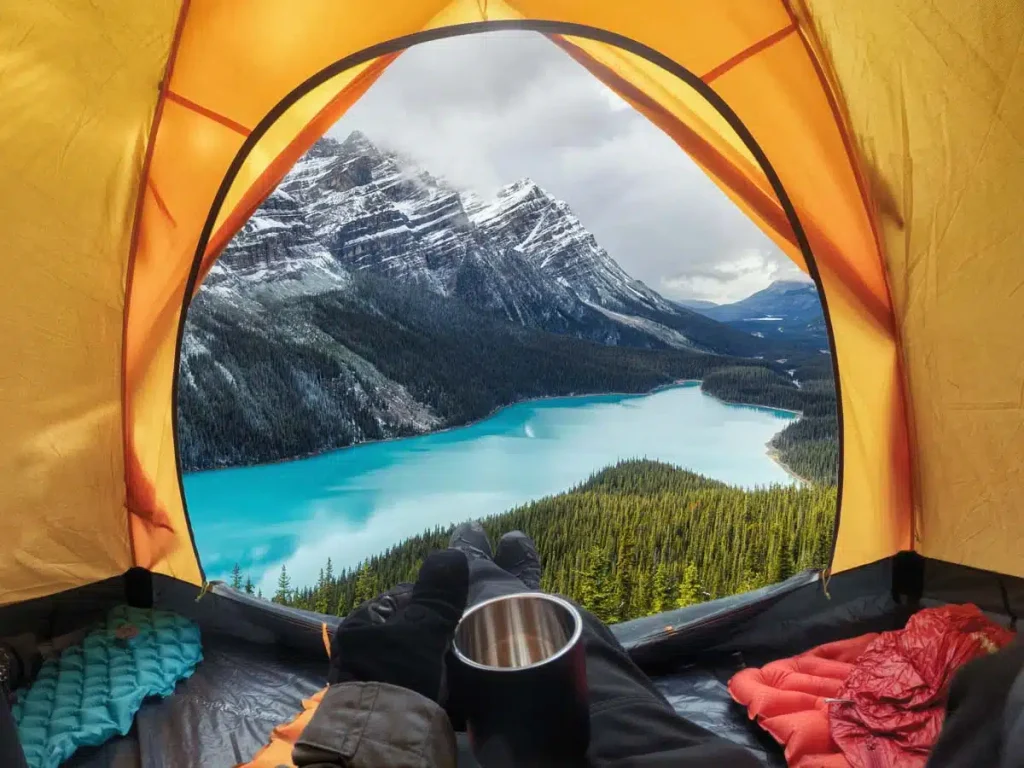
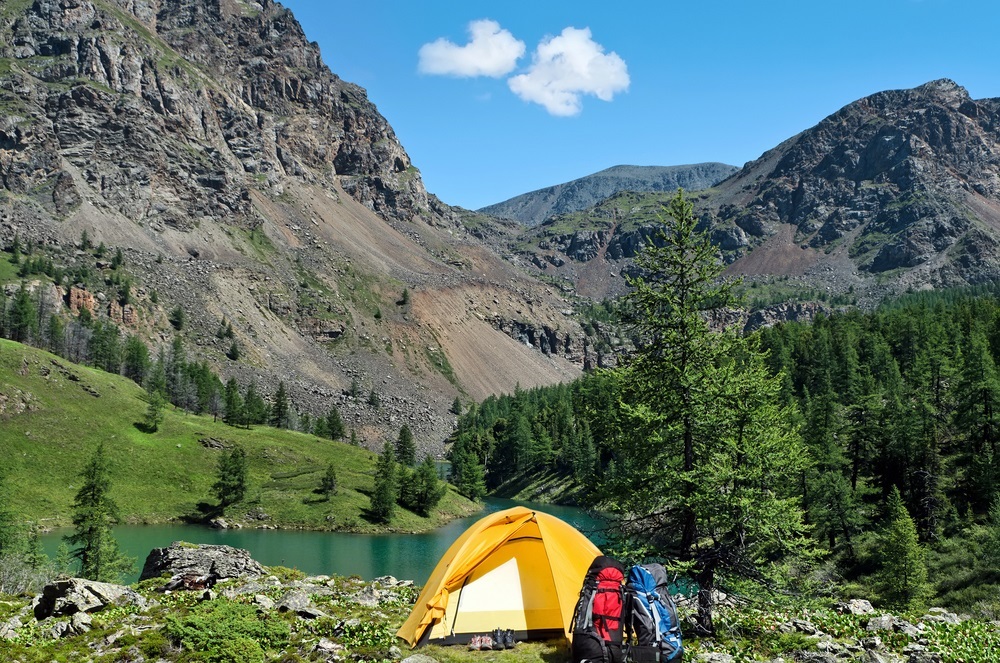
Although Peyto Lake itself doesn’t have lodging options, several nearby places offer great overnight stays:
In Lake Louise (40 minutes away):
- Fairmont Chateau Lake Louise – Luxury hotel with stunning lake views and upscale amenities.
- Lake Louise Inn – Affordable, comfortable, and close to shops and dining.
- HI Lake Louise Alpine Centre – Budget-friendly option with hostel-style lodging.
Campgrounds Near Peyto Lake:
- Waterfowl Lakes Campground – A beautiful, quiet campground close to the lake. First-come, first-served.
- Mosquito Creek Campground – Another rustic option for tent and RV campers, set in a peaceful forest setting.
If you’re traveling north toward Jasper, The Crossing Resort near Saskatchewan River Crossing offers motel-style lodging with a gas station and a basic restaurant.
Nearby Attractions to Add to Your Trip
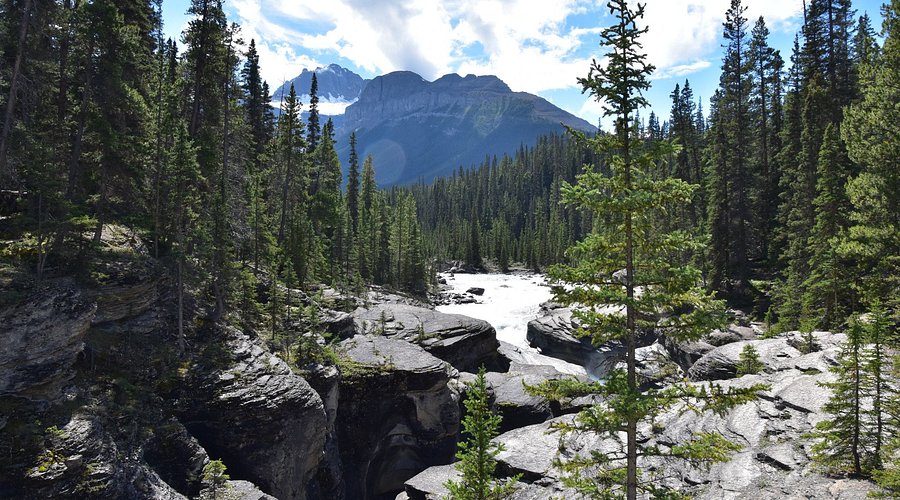
Pair your visit to Peyto Lake with these must-see nearby stops to get the most out of your drive along the Icefields Parkway:
- Bow Lake: Just a few minutes south, Bow Lake is perfect for a quiet walk and reflections of Crowfoot Glacier.
- Mistaya Canyon: Located about 15 minutes north, this canyon features a short hike and stunning water-carved rock formations.
- Crowfoot Glacier: Visible from a roadside viewpoint, it’s an excellent stop to learn more about the glacier systems feeding the area’s lakes.
- Columbia Icefield & Athabasca Glacier: About an hour north, you can take a tour onto the glacier or visit the Skywalk—a glass platform hanging over a canyon.
Each of these stops enhances your Peyto Lake adventure and gives you a deeper appreciation of Banff and Jasper National Parks.
Final Thoughts: Why Peyto Lake Belongs on Every Traveler’s Bucket List
Peyto Lake is more than just a pretty stop—it’s a symbol of the wild, untouched beauty of the Canadian Rockies. The combination of easy access, a world-class viewpoint, and stunning natural features makes it a favorite for first-time visitors and seasoned explorers alike.
Whether you’re on a quick road trip along the Icefields Parkway or planning a full Banff National Park itinerary, Peyto Lake is an absolute must. It’s a place that leaves you speechless, refreshes your soul, and inspires your inner explorer. One visit, and you’ll understand why so many people say it’s the most beautiful lake they’ve ever seen.
